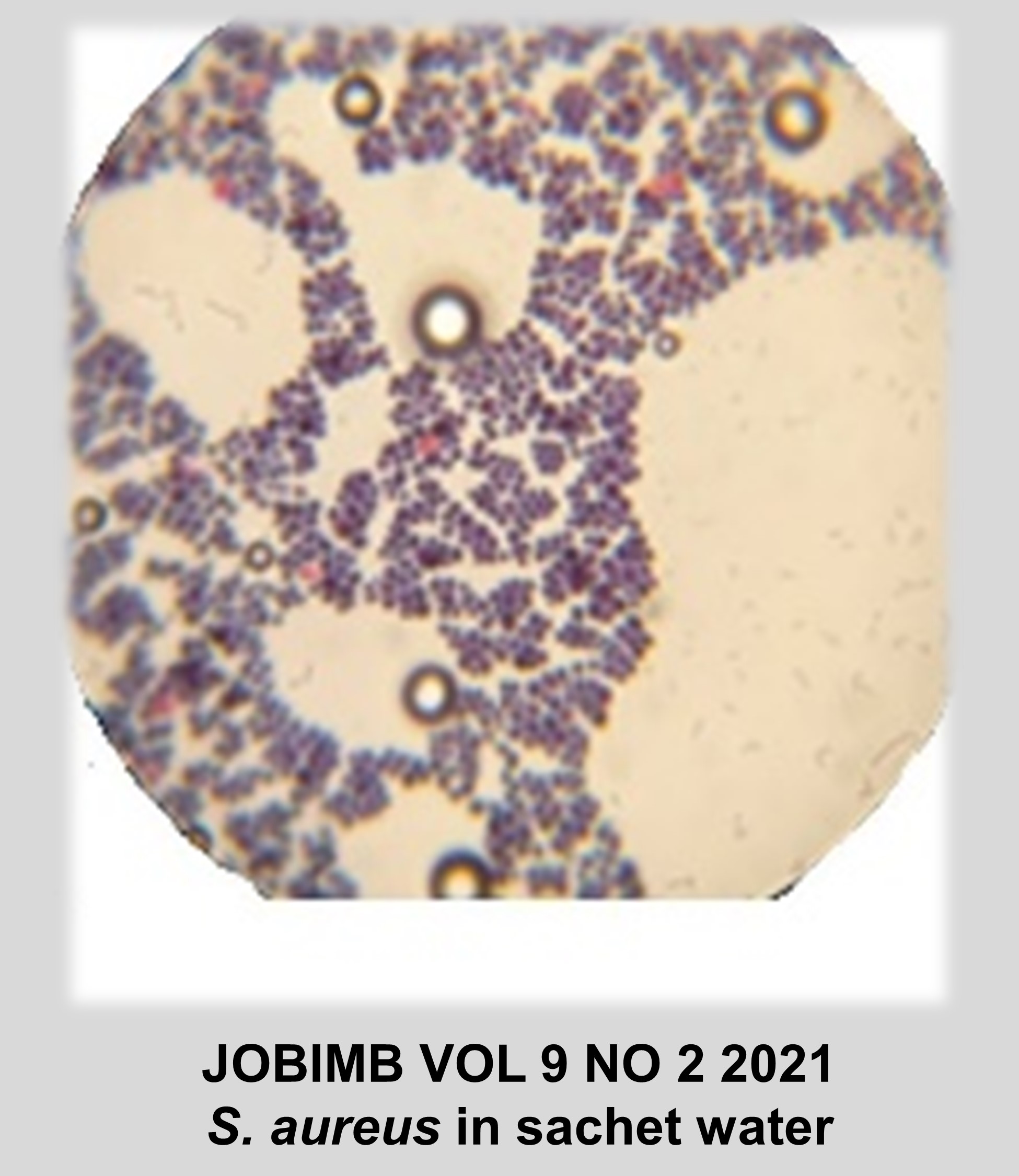Kinetic Analysis of the Adsorption of Malachite Green onto Graphene Oxide Sheets Integrated with Gold Nanoparticles
DOI:
https://doi.org/10.54987/jobimb.v9i2.618Keywords:
Adsorption Kinetics, Cibacron blue, Bean peel, Nonlinear regression, Pseudo-2nd orderAbstract
Malachite green is extensively used in the textile dye industry and in agriculture as fish pests’ pesticide. Biosorption is a type of sorption technique that uses a biological sorbent. As of now, biosorption is viewed as a simple and cost-effective process that might be used as an alternative to traditional pollution treatment methods. Bioremediation is one of the branches of bioremediation that is used to minimise pollution in the context of incorrect textile waste disposal. The sorption isotherm of Malachite Green onto graphene oxide were analyzed using three models—pseudo-1st, pseudo-2nd and Elovich, and fitted using non-linear regression. The Elovich model was the poorest in fitting the curve based on visual observation and the best was pseudo-2nd order based on statistical analysis such as root-mean-square error (RMSE), adjusted coefficient of determination (adjR2), bias factor (BF), accuracy factor (AF), corrected AICc (Akaike Information Criterion), Bayesian Information Criterion (BIC) and Hannan–Quinn information criterion (HQC). Nonlinear regression analysis using the pseudo-2nd order model gave values of equilibrium sorption capacity qe of 6.164 mg/g (95% confidence interval from 5.918 to 6.410) and a value of the pseudo-2nd-order rate constant, k2 of 0.034 (95% confidence interval from 0.024 to 0.045). Further analysis is needed to provide proof for the chemisorption mechanism usually tied to this kinetic.
Downloads
Published
How to Cite
Issue
Section
License
Authors who publish with this journal agree to the following terms:
- Authors retain copyright and grant the journal right of first publication with the work simultaneously licensed under a Creative Commons Attribution License (http://creativecommons.org/licenses/by/4.0) that allows others to share the work with an acknowledgement of the work's authorship and initial publication in this journal.
- Authors are able to enter into separate, additional contractual arrangements for the non-exclusive distribution of the journal's published version of the work (e.g., post it to an institutional repository or publish it in a book), with an acknowledgement of its initial publication in this journal.
- Authors are permitted and encouraged to post their work online (e.g., in institutional repositories or on their website) prior to and during the submission process, as it can lead to productive exchanges, as well as earlier and greater citation of published work (See The Effect of Open Access).



